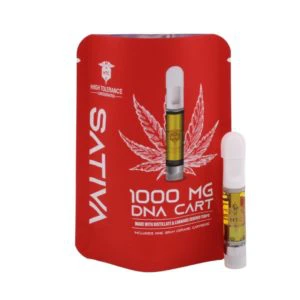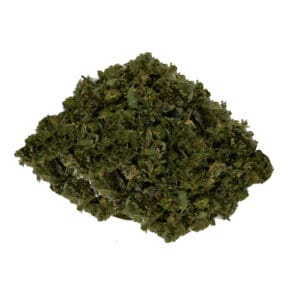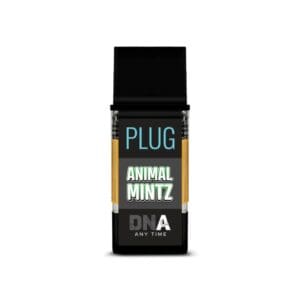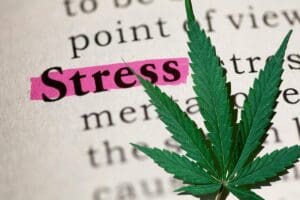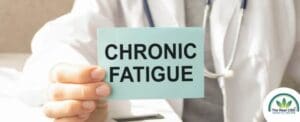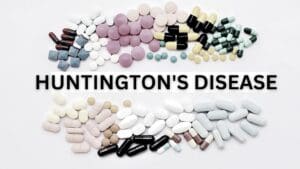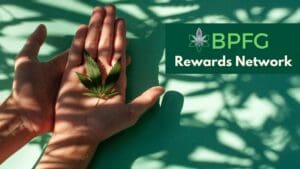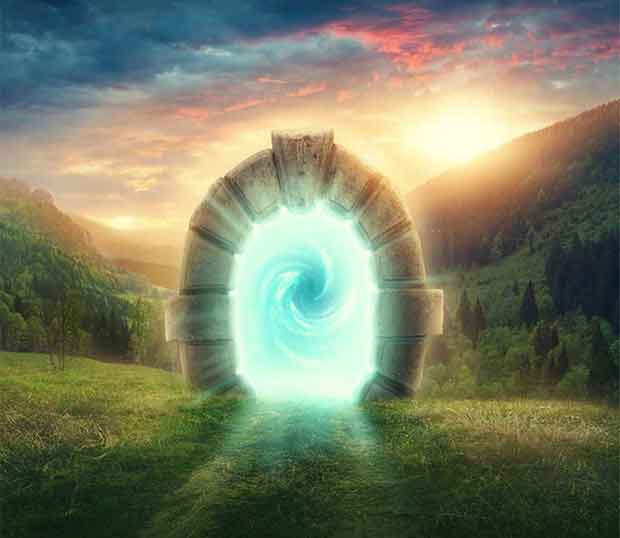Cannabis is a plant containing more than 500 compounds in it that have an impact on various medical conditions and symptoms.
At least 113 are cannabinoids. Two of the best known are THC and CBD. THC (tetrahydrocannabinol) is the principal psychoactive compound. There are also a suggested wide variety of other effects including antidepressant effects, sedation or stimulation (depending on which strain of cannabis the THC comes from), analgesia (pain killing), appetite stimulation, reduced intraocular pressure, anti-inflammatory activity, anxiolytic effects (anti-anxiety), and decreased muscle spasticity/muscle spasms. In MS (multiple sclerosis). THC could decrease the spasticity, the centrally mediated pain and painful muscle spasms, and bladder dysfunction. In Parkinson’s disease, THC may help to decrease the tremors. THC may decrease nausea and vomiting in a variety of disease states including chemotherapy for cancer, IBS etc. It also stimulates appetite in situations where it is impaired by things like chemotherapy and other appetite impairing issues. In glaucoma, the decreased intraocular pressure helps slow disease progression.
CBD (cannabidiol) does not cause a “high”. In fact, CBD serves to counteract the psychoactive effects of THC and is often used to ameliorate symptoms when people “get too high.”
CBD may be helpful as an antiemetic (nausea), antiepileptic (fighting the onset of seizures and reducing convulsions), for insomnia (sleep aid), anxiolytic (anti-anxiety), anti-hypertensive (treatment for high blood pressure), and neuroprotective agent (preventing excitotoxicity in patients with acute brain damage and other neurodegenerative disorders such as Alzheimer’s Disease, Parkinson’s, Huntington’s, MS, and ALS). CBD is useful in preventing disability related to seizure disorders, anxiety and depression, pain, dystonia, Crohn’s Disease, Parkinson’s and MS, etc..
THCa (tetrahydrocannabinolic acid) is not psychoactive, and is present in raw/live flower.
When the flower material is dried and heated the THCa is decarboxylated to regular THC, but THCa can be ingested if the plant is juiced. THCa may help as an anti-inflammatory and could be useful with arthritis and lupus. It is neuroprotective in neurodegenerative diseases (Alzheimer’s, Parkinson’s, Huntington’s, etc.), antiemetic, and may be useful for insomnia, muscle spasms, and pain. It could also have anti-proliferative activity in studies of people with prostate cancer.
THCv (tetrahydrocannabivaren) serves as an appetite suppressant, increases satiety, and up-regulates energy metabolism which makes it useful in the treatment of obesity and Type 2 diabetes. It is not psychoactive.
THCv helps to regulate blood sugar levels by decreasing insulin resistance. It helps to decrease panic attacks and anxiety in patients with PTSD. In Alzheimer’s disease and other neurodegenerative conditions, it decreases tremors, increases motor control, and decreases bone lesions and increases bone growth in osteoporosis. THCv requires a higher temperature to burn or vape which requires a higher temperature on a vape pen.
CBC (cannabichromene), which is also not psychoactive, may have anti-inflammatory effects and could help with depression..
It increases the viability of developing brain cells (neurogenesis). It also decreases edema and inflammation in the GI tract. It also fights pain and shows a powerful synergy when combined with THC and other endocannabinoids through the entourage effects. Current research is being done into CBC’s efficacy in inhibiting inflammation and tumor growth. CBC is also being researched as a powerful inhibitor of acne, as well as in fighting depression.
CBG (cannabigerol) is helpful in decreasing intraocular pressure in glaucoma and inflammation and oxidative stress, fighting the imbalance between fighting free radicals and antioxidants which can lead to aging and disease causation.
It has analgesic and anti-erythema lipoxygenase blocking. It is effective in fighting aging, DM, cancer, inflammatory conditions, HTN, heart disease, and neurodegenerative diseases and their associated pains. It is helpful in patients with stress and anxiety. Research has shown that CBG’s ability to impact the ion channel TRMP8 shows impact on prostate, breast, bladder, colorectal, skin and pancreatic cancers. CBG has therapeutic effects in treating MRSA, IBD and bladder dysfunction.
CBN (cannabinol) is used for sedation and anxiolytic properties, and is used as a sleep aid.
It also helps regulate the immune system and decreases pain and inflammation. It is mildly psychoactive when compared to THC. It has been found to be useful in Crohn’s disease, arthritis and insomnia. It also has neuroprotective effects.
CBDa (cannabidiolic acid) is thought of as the “mothership cannabinoid”, and is the precursor for THCa, CBCa, and CBD.
It is used after being juiced from a live raw plant. It is useful for treating nausea, has anticonvulsant effects, antidepressant effects and fights pain by decreasing inflammation. CBDa has been found to prevent and effectively halt the migration of breast cancer cells in vitro, and may serve to prevent metastases. It also down-regulates the COX-2 enzyme which can amplify breast cancer migration. CBDa has been studied for its antianxiety and antipsychotic effects. GW Pharmaceuticals, a British company, has a patent for CBDa and other cannabinoids in conjunction with antipsychotic medications in the treatment of psychotic disorders.
As you can see from the above information, there are a myriad number of clinical conditions which may be partially or completely treated by cannabinoids found in the cannabis plant, and there is a need for much more clinical research.
This has been difficult since cannabis remains classified as a Schedule 1 drug by the DEA. Schedule 1 drugs are characterized as having a high potential for abuse, no currently accepted medical treatment use in the US and has a lack of accepted safety for use under medical supervision. This is especially confusing as in 1985, thirty six years ago, the FDA approved the use of Marinol, synthetic THC, in the treatment of anorexia and nausea in patients with cancer and HIV. How, therefore, can they say that there is no currently accepted medical treatment use?
Other Schedule 1 compounds include Heroin, LSD, Mescaline (Peyote), MDMA (Ecstasy), GHB (except for Xyrem which is a Schedule III treatment for narcolepsy and cataplexy), Psilocybin (magic mushrooms), synthetic marijuana (Spice, K2), Methaqualone (Quaalude), Khat, and bath salts. Several of these compounds, the psychedelics or hallucinogens including LSD, Mescaline, MDMA and Psilocybin are being researched, along with Ketamine, in the treatment of PTSD and other psychiatric conditions, and tremendous efficacy has been shown.
It will be interesting to see how this unfolds, and here’s hoping that our country can move forward from some of these nonsensical, irrational decisions.
*See Further Research At the Link Below.
https://cannabis-med.org/index.php?lng=en

